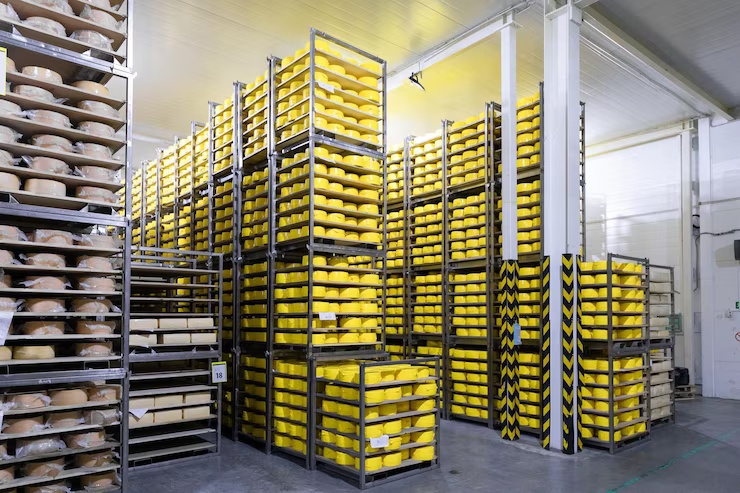Introduction
In the world of warehousing and logistics, efficient storage solutions are crucial for maximizing space utilization and optimizing operations. Warehouse racking systems play a vital role in achieving these objectives. These systems provide a structured and organized approach to storing goods, allowing for easy access, inventory management, and increased productivity. From traditional pallet racking to innovative automated systems, there are various types of warehouse racking systems available in the market. In this article, we will explore and analyze different types of warehouse racking systems, their benefits, and their applications in modern-day warehouses.
Pallet Racking Systems
Selective Pallet Racking
Selective pallet racking is the most common and widely used type of racking system in warehouses. It consists of vertical frames and horizontal beams that create individual bays for pallet storage. This system allows for direct access to each pallet, making it ideal for high-density storage and fast-moving inventory. Selective pallet racking is versatile and can accommodate various pallet sizes and weights.
Drive-In/Drive-Through Racking
Drive-in/drive-through racking systems are designed for high-density storage of homogeneous products. In this system, forklifts can drive directly into the racking structure to deposit or retrieve pallets. Drive-in racking allows for last-in, first-out (LIFO) inventory management, while drive-through racking enables first-in, first-out (FIFO) inventory rotation. These systems are efficient for storing large quantities of the same SKU.
Push Back Racking
Push back racking systems offer a dynamic storage solution that maximizes space utilization. Pallets are loaded from one side of the racking system, and as new pallets are added, the existing ones are pushed back. When a pallet is retrieved, the remaining pallets move forward. This system provides high-density storage with easy access to multiple SKUs.
Cantilever Racking
Cantilever racking is designed for the storage of long and bulky items such as pipes, lumber, and furniture. It consists of vertical columns with horizontal arms that extend outward. The absence of front columns allows for easy loading and unloading of items. Cantilever racking is ideal for warehouses dealing with oversized or irregularly shaped products.
Automated Storage and Retrieval Systems (AS/RS)
Automated Storage and Retrieval Systems (AS/RS) are advanced warehouse racking systems that utilize automation technology to optimize storage and retrieval processes. These systems typically include automated cranes or shuttles that move along the racking structure to retrieve and store items. AS/RS offer high-density storage, increased picking accuracy, and reduced labor costs. They are suitable for large-scale warehouses with high-volume inventory.
Mezzanine Racking Systems
Mezzanine racking systems are designed to utilize vertical space by creating additional levels within a warehouse. These systems involve the installation of a mezzanine floor, which serves as an intermediate level for storage or operational purposes. Mezzanine racking systems are ideal for warehouses with limited floor space, allowing for the efficient use of vertical space.
Mobile Racking Systems
Mobile racking systems are designed to optimize space utilization by eliminating the need for fixed aisles. These systems consist of racks mounted on mobile bases that can be moved laterally along tracks. When access to a particular aisle is required, the racks can be moved apart to create a temporary aisle. Mobile racking systems are suitable for warehouses with limited space that require high-density storage.
Carton Flow Racking Systems
Carton flow racking systems are designed for efficient order picking and inventory rotation. These systems use inclined roller tracks or conveyor belts to allow cartons or boxes to flow from the loading end to the picking end. Carton flow racking systems ensure FIFO inventory rotation and increase picking efficiency. They are commonly used in warehouses dealing with fast-moving consumer goods (FMCG) or e-commerce fulfillment centers.
Conclusion
Warehouse racking systems are essential components of modern-day warehouses, providing efficient storage solutions that optimize space utilization and streamline operations. From selective pallet racking to automated storage and retrieval systems, each type of racking system offers unique benefits and applications. By carefully considering the specific requirements of a warehouse, businesses can choose the most suitable racking system to enhance productivity, improve inventory management, and ultimately drive success in the competitive world of warehousing and logistics.


No comments yet